Orthodontics
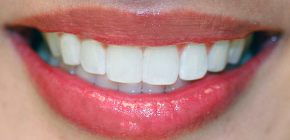
Of all the types of teeth closing, the so-called orthognathic bite is considered the most physiological - if there is a person, as a rule, the face is symmetrical, the smile is beautiful and there are no problems with diction and chewing. In essence, this is a standard (ideal) to which orthodontists try to bring the patient's jaw system closer during treatment. Let's take a closer look at what other signs are characteristic of orthognathic bite and what problems can be observed even with its presence ...

Today, there are a large number of removable and non-removable orthodontic appliances for the correction of bite in children, used in the period of dairy, replaceable and emerging permanent bite. With proper wearing, some of these designs are recognized as very effective, and their use often avoids fixing braces. Next, we consider the devices most commonly used today in orthodontic practice to correct bite,let's talk about the mechanism of their action and the achieved results of treatment ...
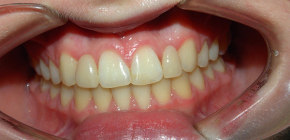
The transition from a milk bite to a permanent one is characterized by a number of important nuances that it is useful for the parents of the child to know in advance in order to identify emerging problems in time and take measures to eliminate them. On the most important characteristics of permanent bite, as well as what problems with it can be observed and what treatment is optimal in a given situation, we will go on and talk in more detail ...
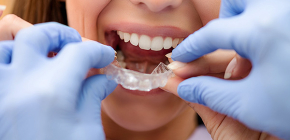
When it comes to correcting bite, most people come to the braces immediately. However, it is possible to effectively correct an incorrect bite not only on braces, but also with the use of an orthodontic cap system. The most common option is a set of tight-fitting transparent tooth caps that the patient consistently wears during the course of treatment, making a replacement whenever the desired intermediate result is achieved. There are other types of orthodontic caps ...
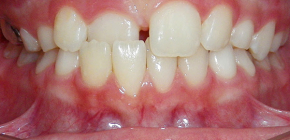
As the name implies, the most prominent feature of the so-called cross-bite is the intersection (crossing) of the dentition when the jaws are closed. In many cases, this pathology is quite difficult to treat, and sometimes appropriate measures to correct bite can last for years. About what causes lead to the formation of cross bite, what approaches to its correction in children and adults are used today and what can happen if nothing is done - we will go on and talk about all this ...
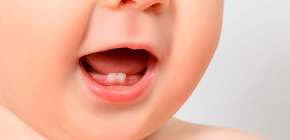
Strangely enough, but many parents do not pay enough attention to the condition of the child’s milk teeth, they are temporary, they will soon fall out and be replaced by permanent ones. Meanwhile, the stage of formation of the milk bite is very important for the further development of the entire dentition of the child. About what problems can wait for a baby during the period of teething and changing of milk teeth, what causes these problems and how to deal with them, and also it is important for parents to know about this in general - we will go further and talk more about this
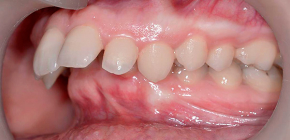
It may seem surprising, but the distal bite is a very common pathology - in varying degrees of severity, it is observed in almost 20-30% of the European population. Whether this anomaly of the bite really can seriously harm human health, how it affects the face profile and whether the distal bite should be corrected (treated) - let's talk about all this and more ...
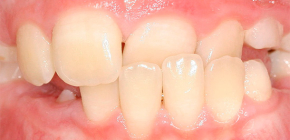
No one is immune from the formation of the wrong bite - anomalies in the arrangement of the dentition relative to each other can manifest themselves not only in childhood, but also in adults, and at almost any stage of life. And then we will look at what bite anomalies are encountered in general, and also provide important information (including for parents of children), which will make it possible to approach the treatment and prevention of bite defects more intelligently.
In this section we will talk mainly about variousbite defects and methods of their correction (correction).
